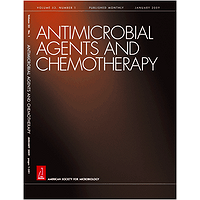Echinocandins are a first-line therapy for candidemia and invasive candidiasis. They are generally safe with few drug interactions, but the stability and pharmacokinetic properties of currently approved echinocandins are such that each was developed for daily intravenous infusion. We sought to discover a novel echinocandin with properties that would enable more flexible dosing regimens, alternate routes of delivery, and expanded utility. Derivatives of known echinocandin scaffolds were generated, and an iterative process of design and screening led to the discovery of CD101, a novel echinocandin that has since demonstrated improved chemical stability and pharmacokinetics. Here, we report the structure-activity relationships (including preclinical efficacy and pharmacokinetic data) for the series of echinocandin analogs from which CD101 was selected. In a mouse model of disseminated candidiasis, the test compounds displayed clear dose responses and were generally associated with lower fungal burdens than that of anidulafungin. Single-dose pharmacokinetic studies in beagle dogs revealed a wide disparity in the half-lives and volumes of distribution, with one compound (now known as CD101) displaying a half-life that is nearly 5-fold longer than that of anidulafungin (53.1 h versus 11.6 h, respectively). In vitro activity data against panels of Candida spp. and Aspergillus spp. demonstrated that CD101 behaved similarly to approved echinocandins in terms of potency and spectrum of activity, suggesting that the improved efficacy observed in vivo for CD101 is a result of features beyond the antifungal potency inherent to the molecule. Factors that potentially contribute to the improved in vivo efficacy of CD101 are discussed.

Structure-Activity Relationships of a Series of Echinocandins and the Discovery of CD101, a Highly Stable and Soluble Echinocandin with Distinctive Pharmacokinetic Properties
Review badges
0 pre-pub reviews
0 post-pub reviews